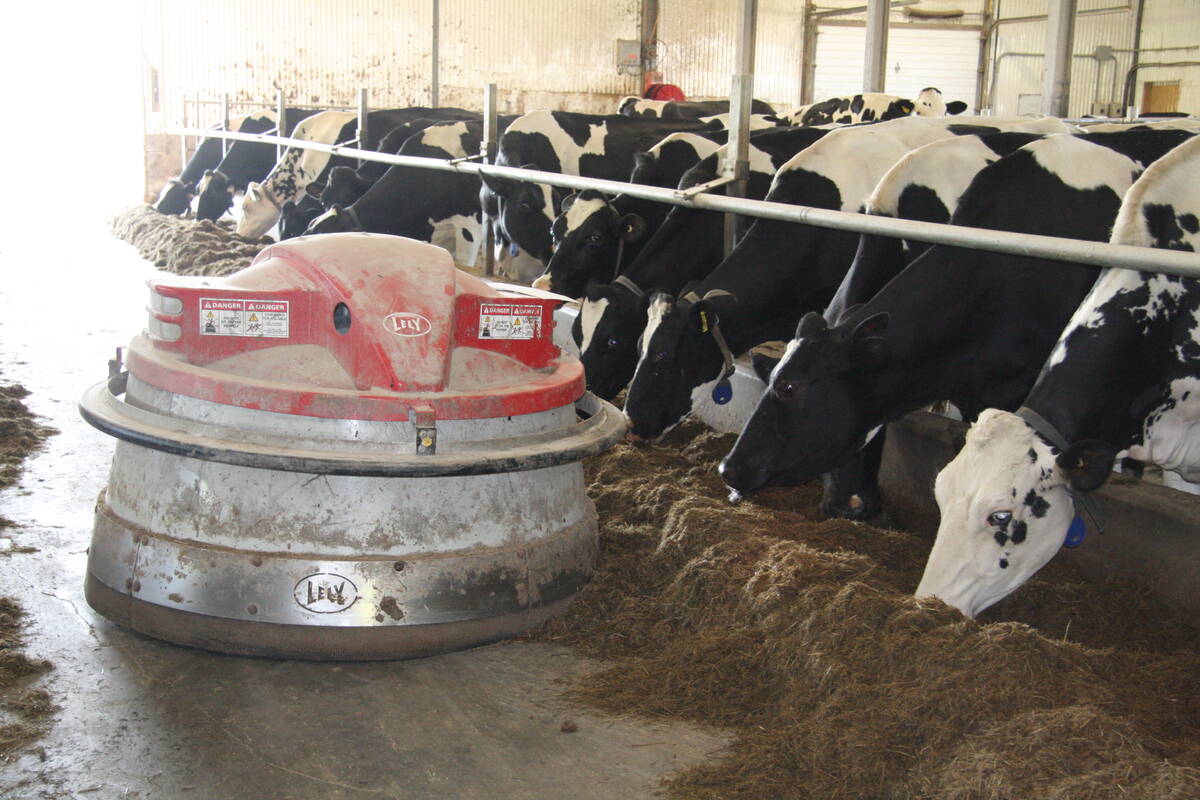PHOENIX, Arizona – Food safety practices proposed 10 years ago have become routine procedures for many meat processors.
Research to control pathogens in meat started in 1991, but accelerated when an outbreak of E. coli in 1993 killed 12 children who ate contaminated hamburger.
“The neat thing is 80 percent or so of this research has been applied in our day-to-day operations across the United States,” said Brad Morgan of Oklahoma State University at the National Cattlemen’s Beef Association convention.
These practices target food-borne pathogens at 25 different steps in the meat handling process.
Read Also

Partnerships, communication key to disease management
Communication and strong, trusted partnerships are key to managing infectious diseases like Foot and Mouth Disease and HPAI.
The NCBA helped pay for much of the research. There are similar projects in Canada.
One of the early projects investigated whether natural food acids could remove pathogenic organisms from beef carcasses.
The acid is a four percent vinegar mixture sprayed on carcasses before they go into the cooler.
Another technology approved by government is steam vacuuming, which saves the industry $200 million annually.
Rather than cutting away spots of visible feces, hot water and acid washes do a better job of removing harmful bacteria.
About 90 percent of carcasses in the U.S. are treated with steam vacuum. The water is heated to temperatures of 71 C. Hot water is followed by a cold water wash to ensure the carcass is not damaged or discolored.
In the store
Scientists also trace pathogens from the processor to the retail meat case.
They have learned that fat holds more than 30 percent higher microbial counts than other parts of the meat, including bugs responsible for listeria and salmonella.
They also know the drip found in meat packages carries bacteria, which has prompted them to look for ways to reduce that leakage.
More bacteria are found on preformed patties or a beef cut injected with water phosphate solution to plump it up. Water is not injected into beef in Canada.
Bacteria are also found in mechanically tenderized and restructured cuts because they are handled more often than other cuts.
Morgan said these products are safe as long as they are cooked to an internal temperature of 60 C.















